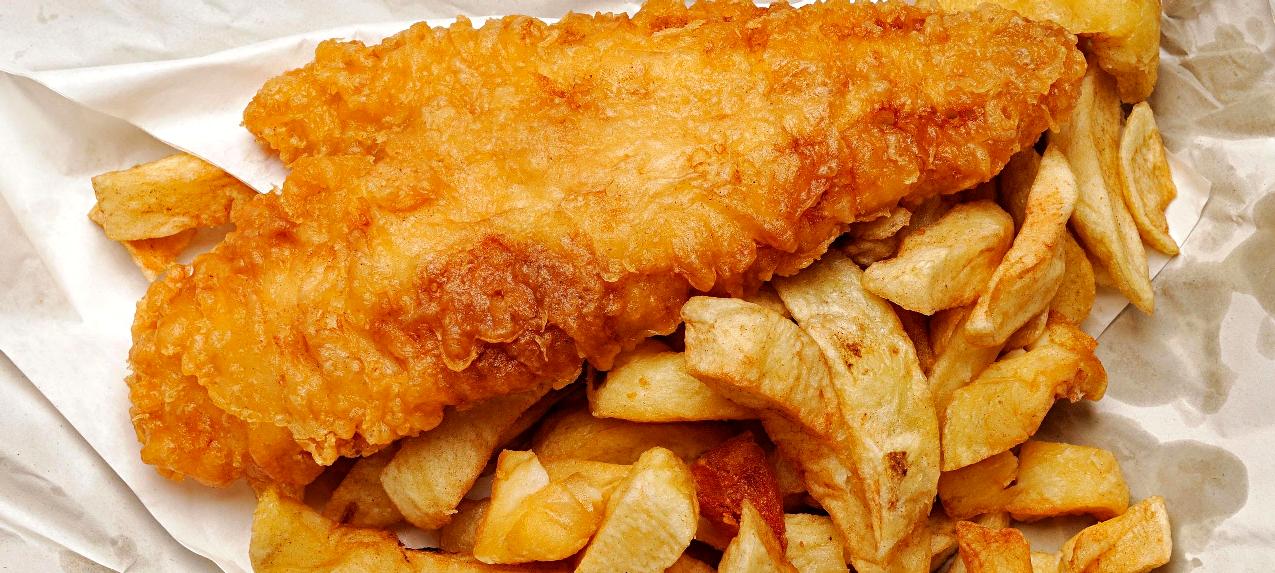|
HADDOCK
ABOUT - WHALING - HOME - A-Z INDEX
Anchovies | Bass | Bream | Catfish | Clams | Cod Coley | Crabs | Crayfish | Eels | Grouper | Haddock | Hake | Halibut | Herring | Jellyfish Krill | Lobster | Mackerel | Marlin | Monkfish | Mullet | Mussels | Oysters | Perch | Plaice | Pollock | Prawns | Rays | Sablefish | Salmon Sardines | Scallops | Sharks | Shrimp | Skate | Sole | Sprat | Squid | Sturgeon | Swordfish | Trout | Tuna | Turbot | Whiting
HADDOCK - Is a favourite food in Scotland and Norway. This beauty was caught on a rod by an experienced angler.
In an effort to feed a growing population we should look at alternatives lower down the food chain to increase the ratio at which protein is harvested from the ocean, so bypassing the conventional food chain where at each stage of consumption there are significant losses in the conversion process. Jellyfish, squid, krill and filter feeders such a mussels could play a part in filling the widening gap between falling fish stocks and higher demand to feed humans - so relieving the pressure on tuna, salmon and other popular white fish.
ABOUT HADDOCK
The haddock (Melanogrammus aeglefinus) is a saltwater fish from the family Gadidae, the true cods, it is the only species in the monotypic genus Melanogrammus. It is found in the North Atlantic Ocean and associated seas where it is an important species for fisheries, especially in northern Europe. It is also an important food fish and it is marketed fresh, frozen or smoked.
Haddock has an elongated, tapering body shape typical of members of the cod family. It has a relatively small mouth which does not extend to below the eye; with the lower profile of the face being straight and the upper profile slightly rounded, this gives its snout a characteristic wedge-shaped profile. The upper jaw projects beyond the lower more so than in the Atlantic cod. There is a rather small barbel on the chin. There are three dorsal fins, the first being triangular in shape and these dorsal fins have 14 to 17 fin rays in the first, 20 to 24 in the second, and 19 to 22 in the third. There are also two anal fins and in these there are 21 to 25 fin rays in the first and 20 to 24 fin rays in the second. The anal and dorsal fins are all separated from each other. The pelvic fins are small with an elongated first fin ray.
The upper side of the haddock's body varies in colour from dark grey brown to nearly black while the lower part of the body is dull silvery white. It has a distinctive black lateral line contrasting with the whitish background colour and which curves slightly over the pectoral fins. It also has a distinctive oval black blotch or ‘thumbprint’, sometimes called the "Devil's thumbprint", which sits between the lateral line and the pectoral fin, a feature which leads to the name of the genus Melanogrammus which derives from Greek "melanos" meaning "black" and "gramma" meaning letter or signal. The dorsal, pectoral, and caudal fins are dark grey in colour while the anal fins are pale matching the colour of the silvery sides, with black speckles at their bases. The pelvic fins are white with a variable amount of black spots. Occasionally there are differently coloured variants recorded which may be barred, golden on the back or lack the dark shoulder blotch.
The longest haddock recorded was 94 centimetres (37 in) in length and weighed 11 kilograms (24 lb), however, haddock are rarely over 80 centimetres (31 in) in length and the vast majority of haddocks caught in the
United Kingdom measure between 30 centimetres (12 in) and 70 centimetres (28 in). In eastern Canadian waters haddock range in size from 38 centimetres (15 in) to 69 centimetres (27 in) in length and 0.9 kilograms (2.0 lb) and 1.8 kilograms (4.0 lb) in weight.
MANAGEMENT
...
LINKS & REFERENCE
https://
MARINE LIFE - This humpback whale is one example of a magnificent animal that is at the mercy of human activity. Humans are for the most part unaware of the harm their fast-lane lifestyles are causing. We aim to change that by doing all we can to promote ocean literacy.
Anchovies | Bass | Bream | Catfish | Clams | Cod Coley | Crabs | Crayfish | Eels | Grouper | Haddock | Hake | Halibut | Herring | Jellyfish Krill | Lobster | Mackerel | Marlin | Monkfish | Mullet | Mussels | Oysters | Perch | Piranha | Plaice | Pollock | Prawns | Rays | Sablefish | Salmon Sardines | Scallops | Sharks | Shrimp | Skate | Sole | Sprat | Squid | Sturgeon | Swordfish | Trout | Tuna | Turbot | Whiting
This website is provided on a free basis as a public information service. Copyright © Cleaner Oceans Foundation Ltd (COFL) (Company No: 4674774) 2022. Solar Studios, BN271RF, United Kingdom. COFL is a charity without share capital.
|

